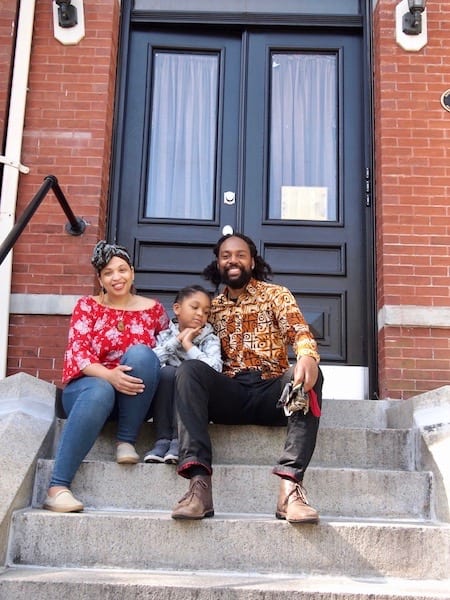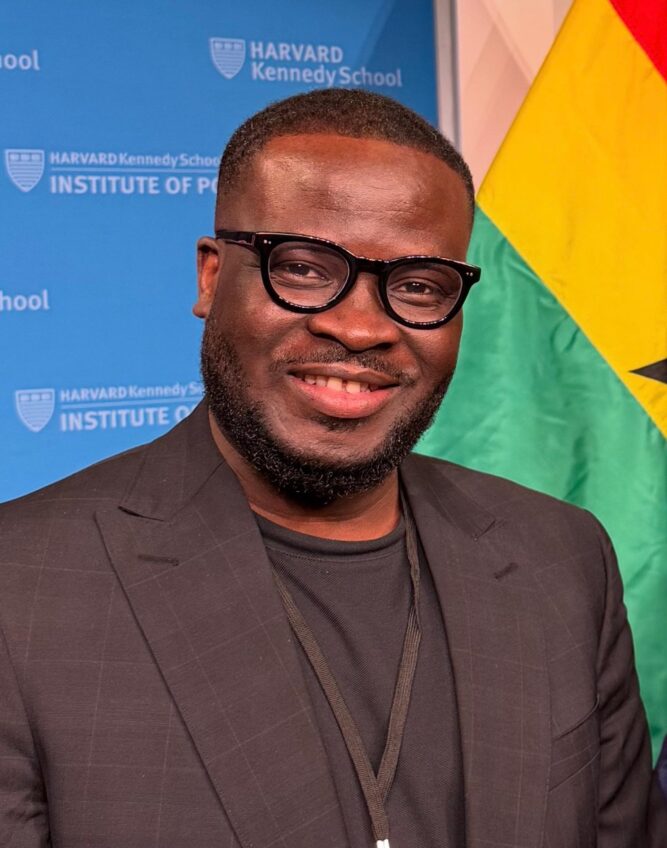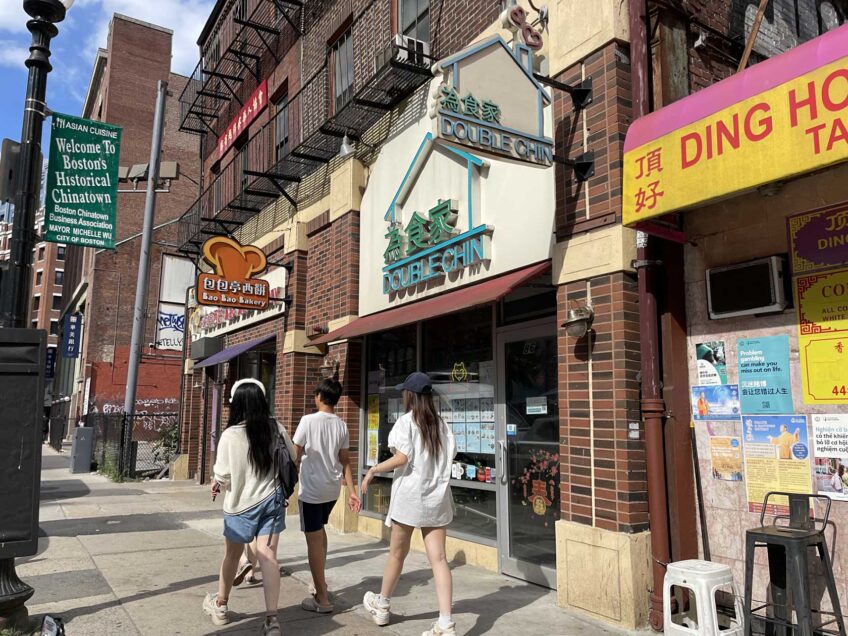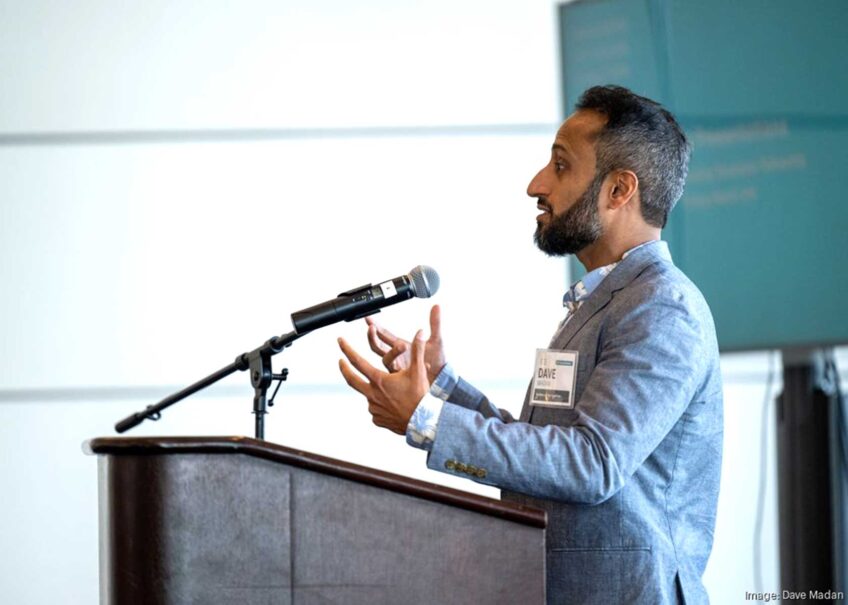Teachers seek to boost engagement with remote learning
Many Boston families aren't in communication with schools

On a recent school day, Boston Latin Academy art teacher Taina Vargas was working in her kitchen, leading a class while helping her first-grader, Solwazi, with his own class work. Her partner, a history teacher at Boston Community Leadership Academy, was patched into a school meeting in another room.
Toggling between her two tasks involved turning on and off the microphone on her laptop computer to help her son and turning it back on to address her class, many of whom had their cameras and microphones switched off.
“It’s hard to know whether they’re engaged, whether they understand what they need to do,” she said of her students.
Vargas is contending with challenges that educators across the city are facing: engaging students through remote learning, locating students who aren’t showing up, translating lesson plans designed for in-person 50-minute classes into 30-minute Zoom meetings and, often, balancing those tasks with caring for their own children.
The Boston Globe reported recently that 20 percent of the district’s 56,000 students haven’t logged onto the any of the Boston Public Schools main academic platforms since at least May 4, which suggests they haven’t been engaging with school work.
When schools closed in mid-March, BPS officials responded to the rapid pivot to remote learning by distributing more than 30,000 Chromebook laptops and 2,600 wi-fi hot spots to BPS students who requested them. But internet access is just one of several challenges students are facing.
Students are having trouble finding spaces to perform school work, caring for younger siblings, working to help support their families, and coping with COVID-19 infections and deaths in their homes, BPS teachers interviewed by the Banner said.
“One-third of our students I haven’t seen at all,” said a teacher from the John D. Philbrick elementary school in Roslindale who spoke on the condition of anonymity. “They’re not participating in learning at all.”
The teacher said she and her colleagues attempted to reach many of the families whose children are not participating but were mostly unsuccessful.
“I know for a fact that one of the children’s grandmother has COVID,” she said. “One parent said they would bring their child online, but they never have. The other children are just not reachable.”
The Philbrick teacher said of the students who participate in Zoom classes, half are not engaged in the learning activities, indicating that parents are not able to assist.
“They’re doing other things in their house while I’m teaching,” she said. “However, it’s nice to see the children and to know they’re healthy.”
Staying connected
Schools’ success in reaching students seems to be unevenly distributed in the system. Claire Carney, principal at the Manassah E. Bradley elementary school in East Boston, says parents of all of the school’s 273 families have been contacted by the school. Teachers have distributed Chromebooks to a third of the students in the school community and regularly keep in touch with parents and students.
Carney said the shift to remote learning, while challenging, has not been entirely bad for the school.
“In my opinion, the school closure has bought our school community closer,” she said during a conference call with the Banner and the BPS media relations office.
Each week, teachers and administrators at the Bradley send 3,000 to 4,000 messages to students and parents through text messages, emails and through the Class Dojo app, a platform that facilitates communication in school communities.
Still, Carney said the distance between students and teachers makes learning more challenging.
“Relationships are the number one thing when it comes to working with kids,” she said. “Putting space and time between teachers and kids puts a strain on those relationships.”
Carney noted that many of the students have parents who are essential workers. Others have parents who are caring for pre-school-age children and have limited ability to help students stay on course during the half-hour online classes or with homework assignments. Some students have family members who are quarantined with COVID and have had to move out of their homes.
She said teachers are helping students facing such challenges to stay connected.
“Our staff have spent a tremendous amount of time working together on this,” she said. “It’s a juggling act.”
Distance learning
Vargas, the Boston Latin Academy art teacher, said that on any given day, half her students are present, although many have their video turned off, so she can’t see them. The process of teaching art remotely is challenging. In a typical in-person class, Vargas would demonstrate a technique, then observe as students at tables make an attempt at it. Students typically help each other and critique each other’s work.
On Zoom, it’s impossible to check on more than a few students’ work.
Vargas has never taken an online art class, let alone taught online before. Because she has limited ability to see students’ work, and many of her students are unable to upload images of their work, it’s difficult to see what they’re doing.
“I’m creating superficial tasks to keep them engaged with their creativity,” she said. “I don’t know if they’re actually learning anything. Some days, I don’t think I’m really teaching them. I feel like I’m just holding space.”
Vargas said she regularly reaches out to students who are not engaged. Many are working more hours to make up for family members who are sick or out of work. One student who missed several days of Zoom classes sent Vargas an email explaining that she had to work at Walgreens during school hours.
“She lost two family members to COVID,” she said.
Vargas’ partner Banjineh Browne, who teaches history at Boston Community Leadership Academy, said many of his students have picked up extra hours in their jobs. For other, finding a quiet space is a challenge.
“There are students in shelters,” he said. “They don’t have space where they can be alone. They call me and tell me.”







